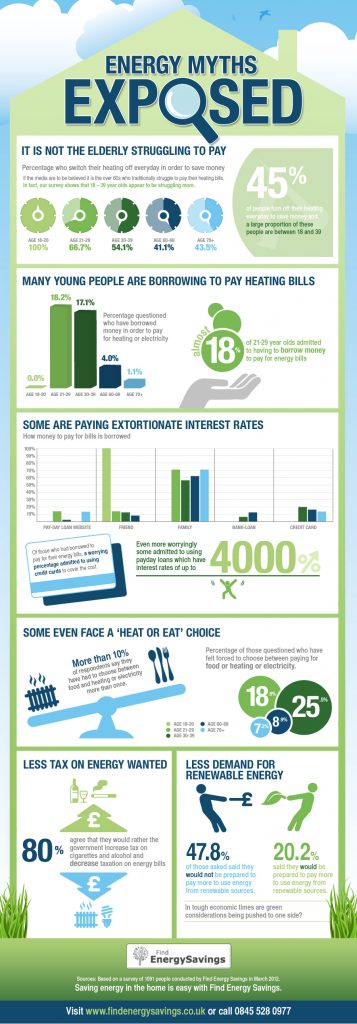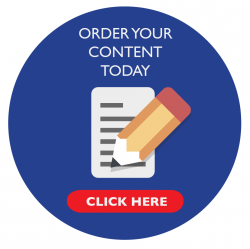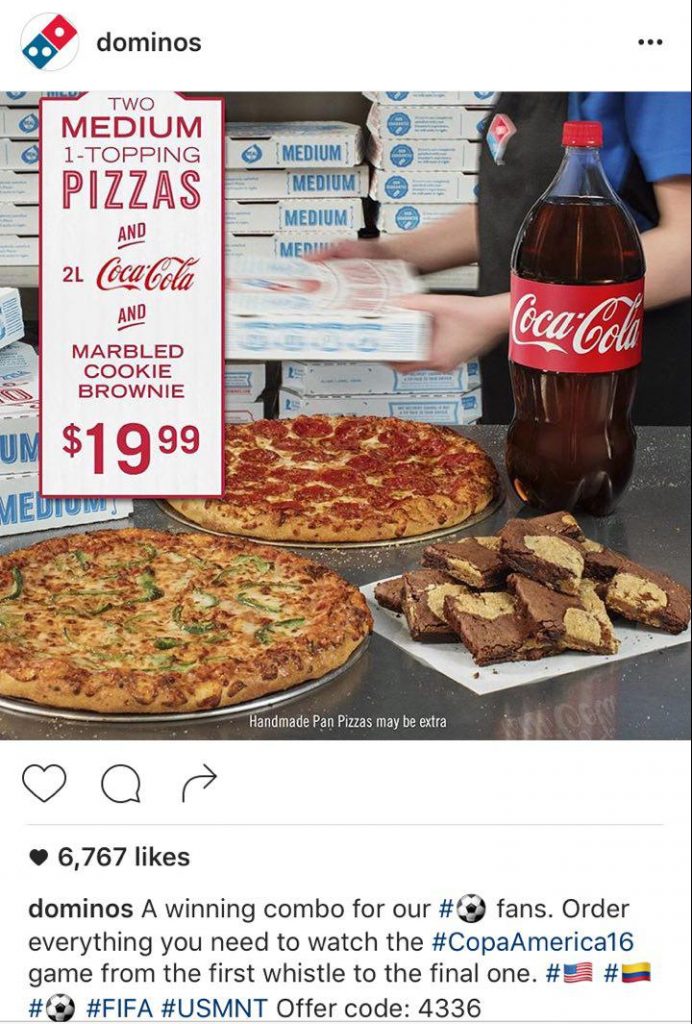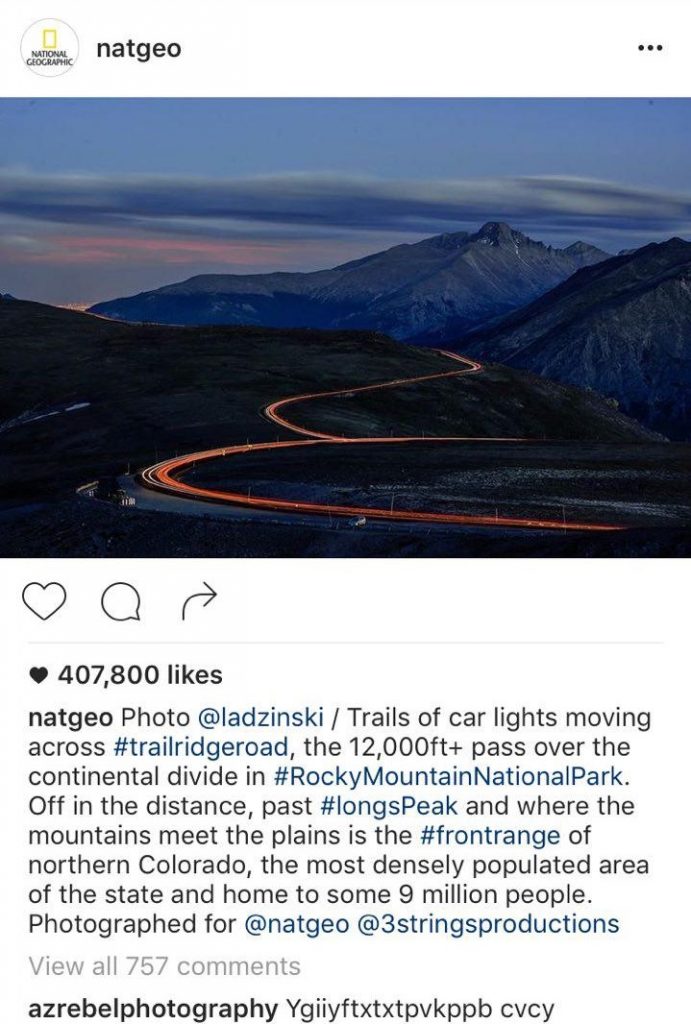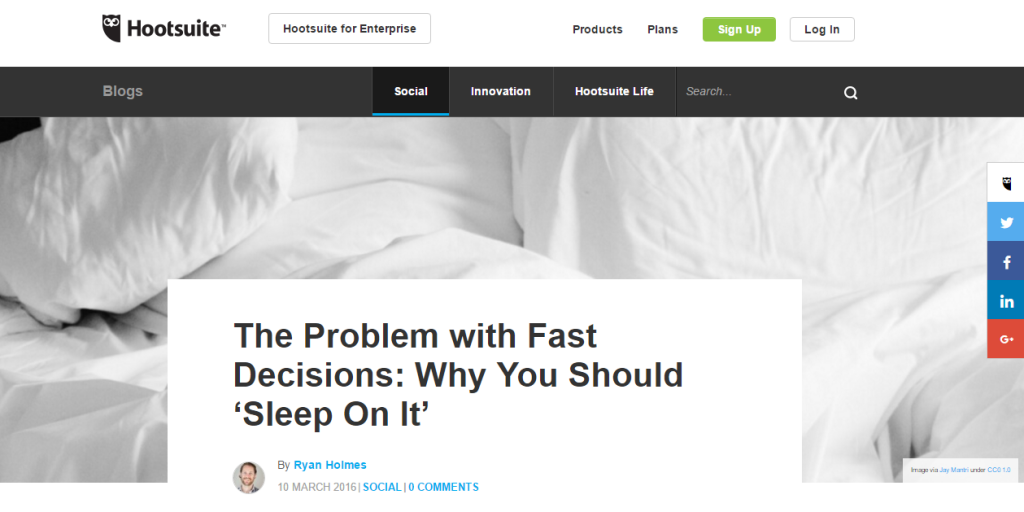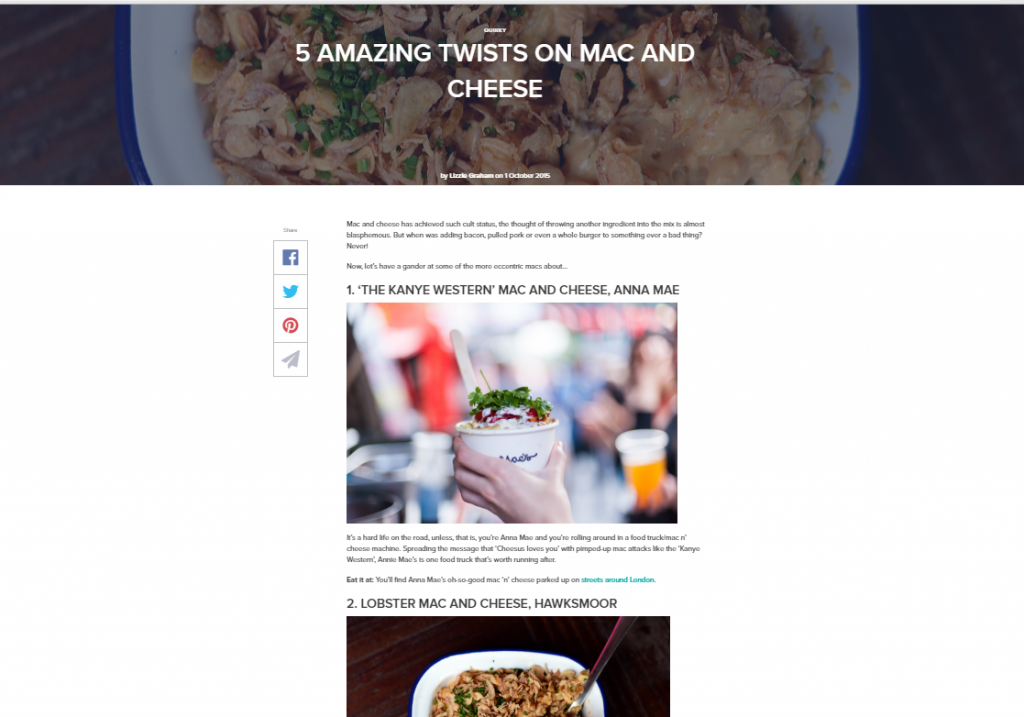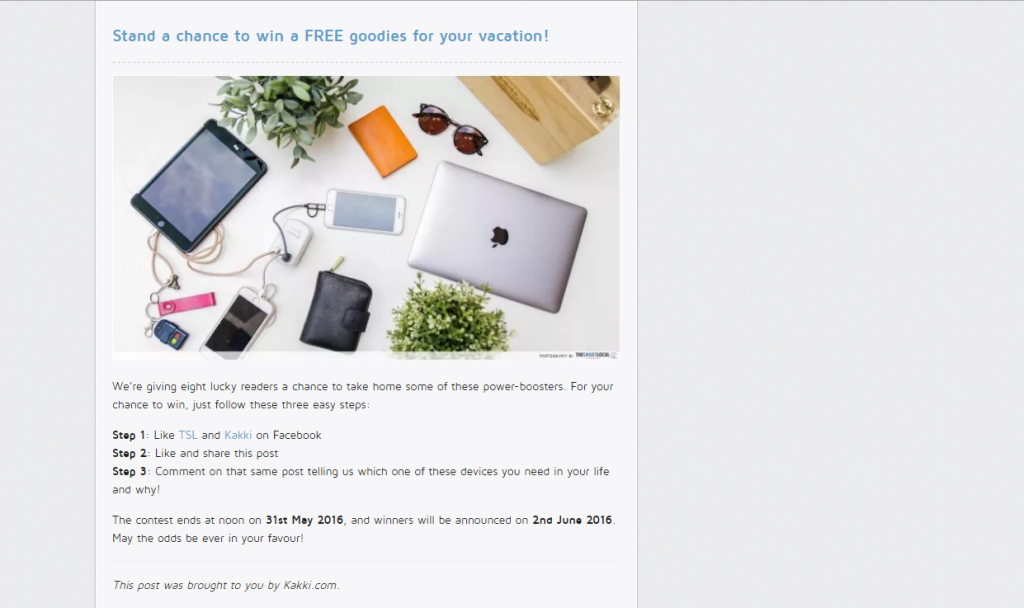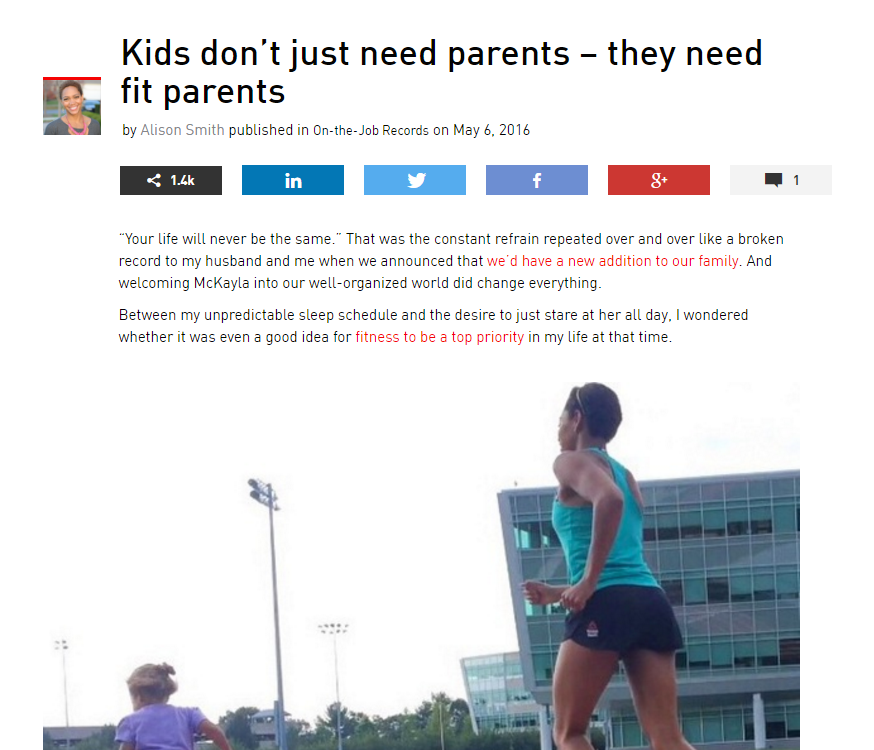Despite dozens of media training sessions we’ve conducted here at Mutant, I have yet to meet someone who absolutely loves the way they sound and look on camera. Even the most confident people struggle to prepare for TV interviews and shy away when they see and hear themselves.
“My voice sounds so high,” or “Why do I speak so fast?” are often the responses we get when playing back footage to clients.
Unfortunately, we’re our own harshest critics. Plus, seeing yourself from the outside, and hearing yourself on camera is daunting and something you’re not used to.
Here are some notes that might help you feel more comfortable with preparing for an interview, or even just getting used to seeing yourself on screen:
The camera sucks the life out of you
Have you ever noticed that when a TV host speaks on camera they talk extremely animatedly and enthusiastically? If someone spoke to you like that face-to-face in real life, you’d actually find it quite strange.
The camera sucks the emotion and the ‘life’ out of you. Meaning things that are ‘normal’ – like simply talking to someone – can come across as extremely dull and boring on camera. We’re so used to seeing very dynamic people and actions on screen that our brains have come to expect anything on TV to have 10 times more energy and spark.
To account for this, ensure your speaking volume is 10-15 percent louder than normal on camera, and that you are really bringing your most energetic self to an interview or presentation. It might feel like you’re overdoing it, but it looks great on screen.
Here’s an exercise: Think about where and when you are your most dynamic self and where your personality shines the most. Is it catching up with friends for drinks? Or is it when you speak at meetings at work? Bring that version of yourself to an interview.
Practice
Today, it’s easier than ever to do a few practice rounds for an upcoming interview or presentation by yourself. Set up your video camera or phone and practice speaking about yourself and your company. Yes, this feels really awkward, but it’s just because you’re not used to it.
Start with something as simple as answering, “tell me about your company”.
But instead of answering like a written response (i.e. “Well, we started in 2012 and we provide services in technology…”) try incorporating a story element into your answer:
“The story of how we started is quite interesting actually. We were four friends who worked together at a Fortune 500 company, but decided we needed to start something on our own…”
Write down a list of potential questions you might be asked in a TV interview and work out how you’d like to answer each one. Think of potential negative questions, which may be asked as well.
Playback time
Once you’ve answered a few questions on camera, play the footage back to yourself and analyse what you liked and what you didn’t. Was it the way you sounded? If so, try talking more clearly and lower your pitch a couple of notches. The camera also picks up our voices as slightly higher than they are, so keep that in mind.
What about the way you looked and presented yourself? Were you shuffling too much? Playing with your hair? Moving your hands in front of your face constantly? We all have our habits which can be exaggerated on camera, but at least you’re able to figure out what it is before you go for an interview.
Um, uh, like, you know…
When you’re thinking of what to say next, the best thing to do is to pause… just for a couple of seconds, so you can move on to the next sentence in a calm and easy way. Sadly that’s easier said than done.
What people end up usually doing is using their ‘tell’. This can come in the form of ‘um’, ‘ah’, ‘uh’, ‘like’, ‘you know’ and several other options. Time yourself for a minute and speak about any topic you like.
Now, play that back and see if there is a certain phrase or word you keep using that is totally unnecessary. Once you’ve worked out what it is, practice replacing that with a nice distinguished pause.
Some of the best interviews you’ll see on TV are with composed people who have very much practiced self-editing the ‘like’ or ‘ummm’ out of their sentences.
The more comfortable you become on camera, the more you can work on what really matters – your content and getting your key messages across to those watching you.
If you’d like to speak more about media training, feel free to get in touch with us at [email protected].



